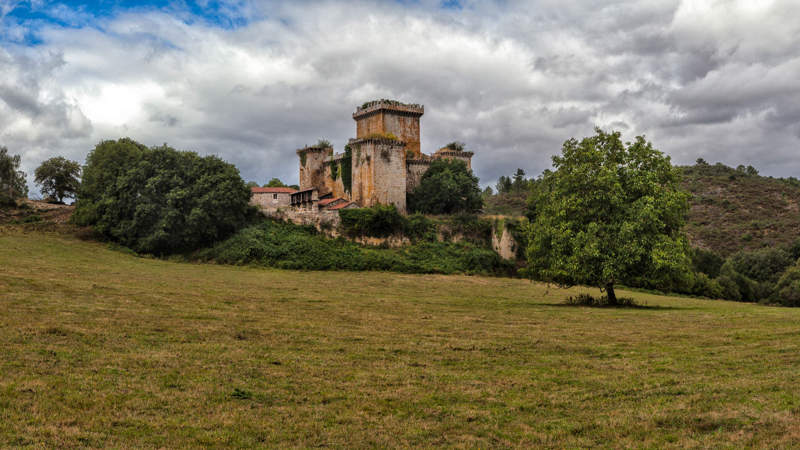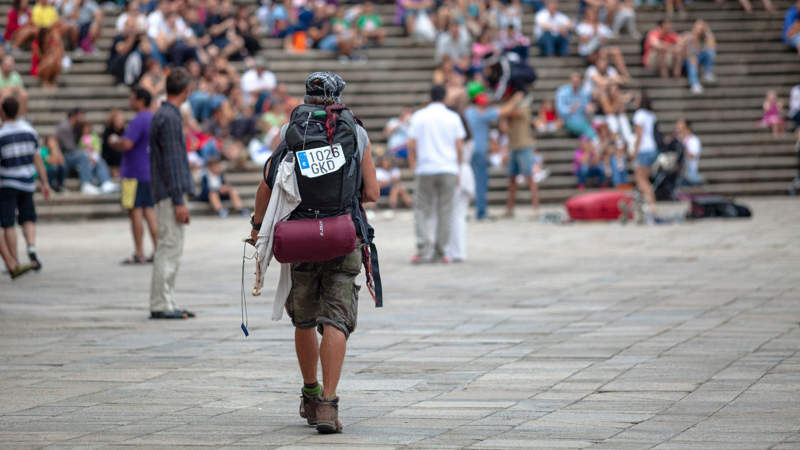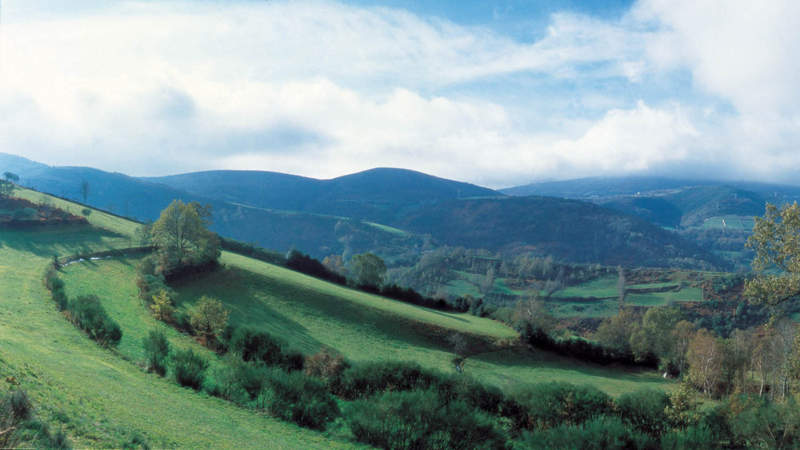For twelve centuries, the Camino de Santiago has accompanied the pilgrims to the sanctuary of the apostle St. James the Greater (Santiago el Mayor).
Around the year 820, the hermit Paio discovered the tomb of the apostle Santiago on the sacred mountain of the Libredón. This event, one of the most significant of the Middle Age throughout Europe, immediately led King Alfonso II to order the construction of a small church to venerate the remains.
This was the seeds of a world-famous Cathedral whose construction began in 1075, and of a pilgrimage route nowadays declared the First European Cultural Route by the European Parliament and a World Heritage Site by UNESCO.
With the rise of the French Route (Camino Francés) in the 11th-13th centuries, the Camino de Santiago became not only one of the most significant pilgrimage routes in the world, but also a way of transmitting knowledge and dialogue of cultures.
As the backbone of Europe, the Camino played a key role in the dissemination of the great cultural and artistic movements of the continent, contributing decisively to the development of the different European cultures.
Nowadays, the Jacobean pilgrimage has transcended the spiritual and religious movement, adding the motivations of all types of walkers and presenting itself as an enriching experience in many ways.
It is a fundamental journey rich in nature, history, culture and values such as solidarity, fraternity and mutual understanding.
A life-changing experience that is definitely worth living.







